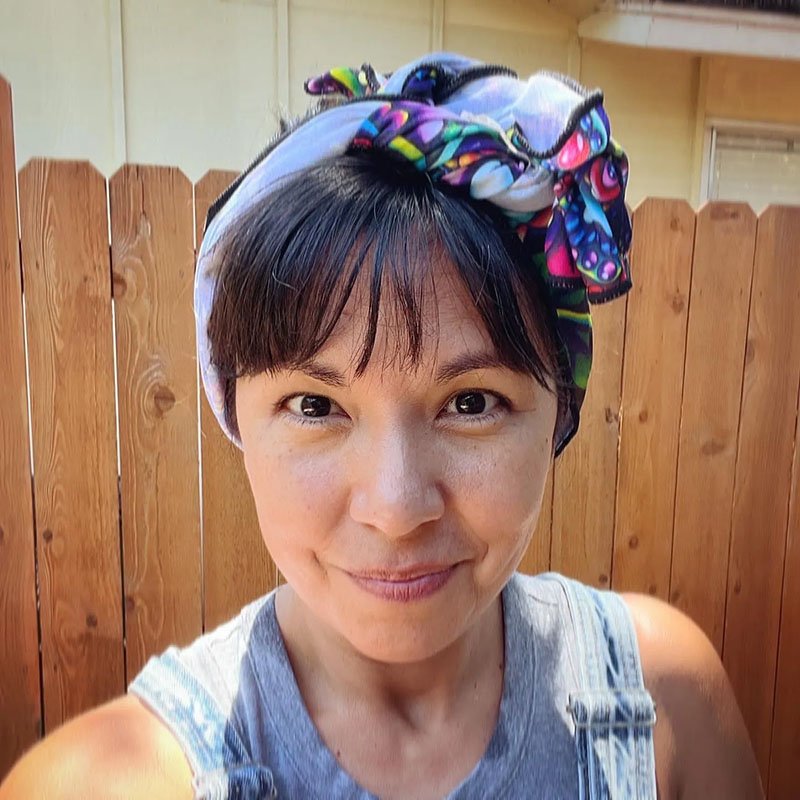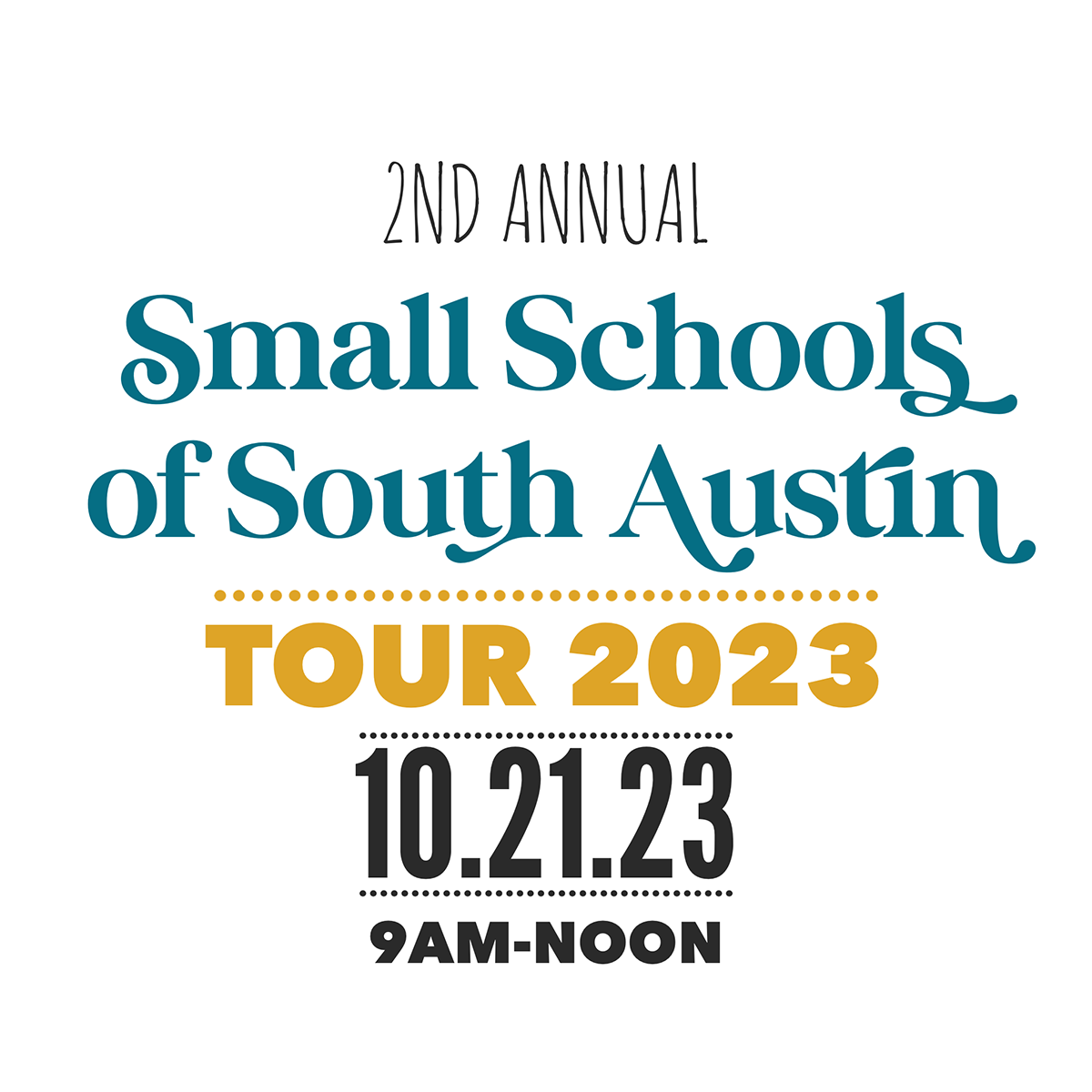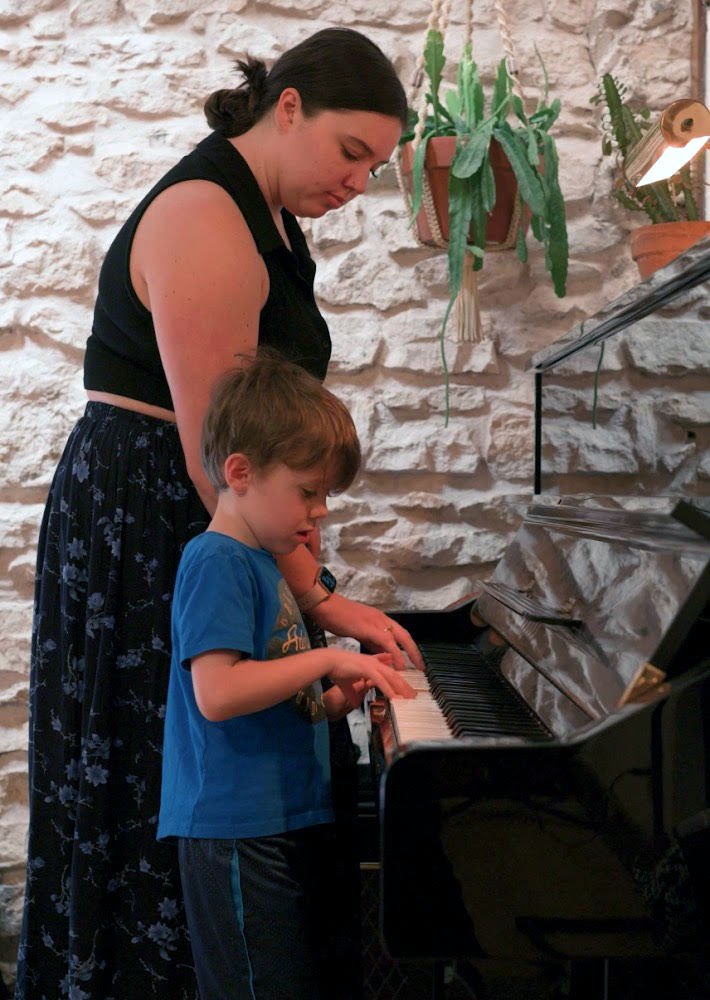Searching for the “right” school
/Alt Ed Austin welcomes Laura Delgado to the blog today to share with our readers some of her wisdom about choosing schools, preschools, and early childhood programs—and to invite you all to the 2nd Annual Small Schools of South Austin Tour!
Laura is a certified Montessori guide with more than 20 years of experience working with children and families. She owns The Montessori Tree, which provides support and education for both parents and children, guided by the Montessori philosophy of respect. She also runs a beautiful home-based, largely outdoor toddler program called The Nest.
Nine years ago, I sat in a circle of expectant mothers. My belly had grown along with my awareness of the uncertainties that lay ahead, but I was certain of one thing at least.
I wanted my little one to start school early, and I already had a school picked out. Silly, right? After all, there are so many other things to think about when you’re expecting, and school? Well, it’s not usually at the top of the list of considerations for first-time parents.
Still, I found myself encouraging the other mothers to start looking at schools. I know it seems far away, I implored, but think about getting a feel for your options, time is going to fly by!
Little did I know how quickly it would fly by! It doesn’t seem that long ago that I was sitting in that circle and, yet, just the other day, my partner and I were talking about middle school options for our daughter! How is that even possible?!
All that being said, I know how overwhelming the school search process can be for first-time parents. Where to begin? When to begin? The only reason I spoke up that day was because I was working in admissions in a large school at the time, and I spoke with so many families who confessed, I wish someone had explained this process to us when we were expecting!
If you’re reading this, and you’re just getting started on your search, regardless of your child’s age, take heart. There are an increasing number of early childhood options available to families in Austin, especially since the onset of the pandemic, which fueled the opening of a great number of “micro-schools.” In addition, there are great resources, like Alt Ed Austin, who will support you in finding the “right” school for your child and your family.
On that note, I’ve had many families ask, Where should we go? What’s the “right” choice? Ultimately, I think that answer is different for every family, every child even. What works for some families may not work for others, what works for one child in your family, may not work for another.
While the school search can truly be a soul-searching process, I always encourage families to begin by considering logistics. How far are we willing to drive? What’s in our budget? Are we needing full or part-time care? Do we need year-round care or can we get by with less?
Once you narrow down your options, you can start considering other factors. Are we looking for a specific philosophy or open to exploring something new? Is class size important to us? Are we looking for specific elements, such as extracurricular offerings? How involved do we want to be?
Ultimately, I encourage parents to visit the school and “get a feel” for the space. The reason is that I’ve had families tell me time and again, We finally found a school, and we knew it was the right one because it just ‘felt right.’
I truly believe this is the number-one indicator of "goodness-of-fit." After visiting a school, I encourage you to ask . . . How did I feel when I walked into the space? Was I able to imagine my child learning and growing there?
In exploring the questions above, you will get closer to finding the right program for your child, or better yet, a handful that feel promising! Following is simply a process of educating yourself about the admissions process at your schools of choice.
Still, I know that finding time to do all of the above can feel a little intimidating. For this reason, I nurtured a seed of inspiration that sought to answer the question, How can we, as educators and school owners, make this process a little easier for families?
The answer came in the form of a “tour,” inspired, funnily enough, by the East Austin Studio Tour. Wouldn’t it be great, I thought, if families could spend one morning visiting a handful of schools without having to take time out of their work week? Instead of touring studios, they could tour schools!
This year, I’m thrilled to be collaborating with thirteen other schools to host our 2nd Annual Small Schools of South Austin Tour on Saturday, October 21st from 9am to noon. It’s a celebration, of sorts, of the diverse program offerings available to families in south Austin!
Parents, if you’re just starting your search or still looking for the right fit, I highly encourage you to take advantage of this FREE event. Children are welcome, and there’s no need to RSVP.
For more information and a full listing of schools, you can follow @themontessoritree or find the event on Facebook. We look forward to seeing you there!
Laura Delgado | The Nest at The Montessori Tree


























